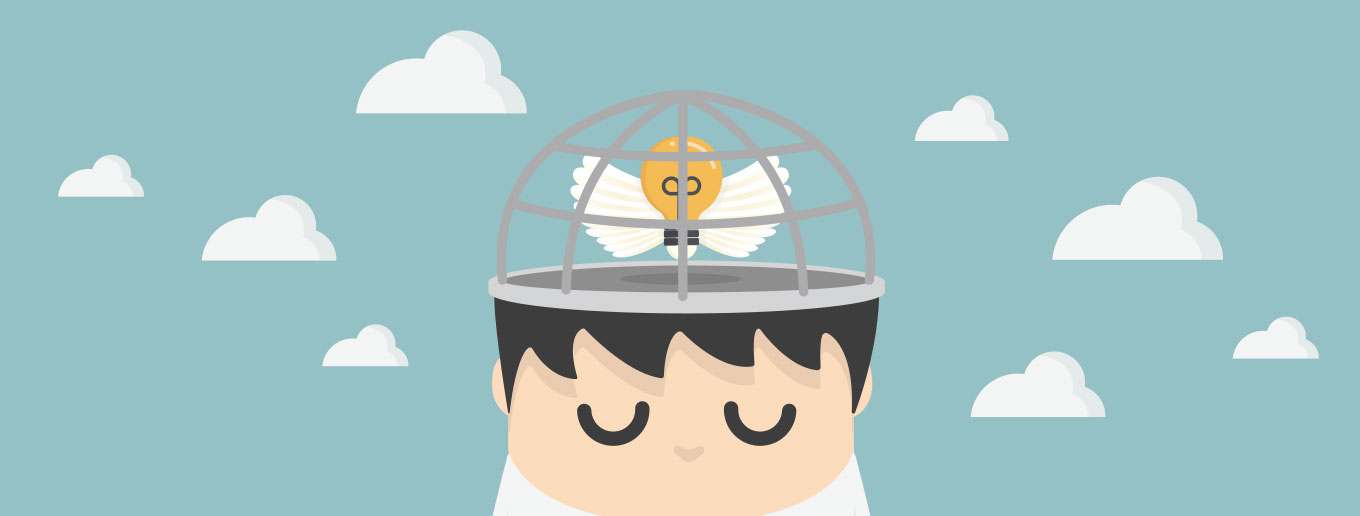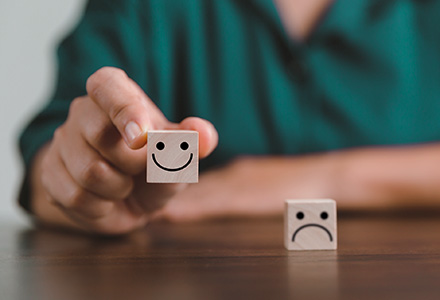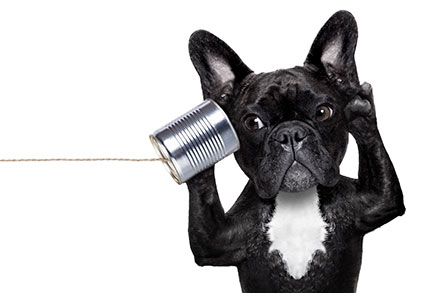The Power of Constraints
How to get your best ideas by limiting your choices.

Have you ever noticed you do your best work when the challenges are the greatest? In design, we call this the power of constraints. By limiting your options, you challenge your brain to think outside the box to solve a problem, leading to more inspiring ideas.
Here are three ways to make constraints work in your favor during your next brainstorming session.
1. Identify your current limits
When you have an overwhelming challenge in front of you, start by creating focus around what it is you can, or, maybe more importantly, can’t do. Define your existing constraints related to budget, deadlines, hours available by team members, or other physical, psychological, or external limitations. Make a list of what you absolutely need to achieve and another list of what you must avoid. Taking an inventory of your fundamental needs and assessing your current limitations allows you to see the big picture and prepares your mind for the challenges that lie ahead.
2. Narrow your scope even further
Feeling strapped by your current limits? Great, let’s take it one step further. Come up with three or four ways to force your brainstorming team to limit your ideas. For example, one category could be “Things we can do for free” or “Ideas that don’t use technology.” Don’t be afraid to explore silly constraints too. A famous example of this is “Green Eggs and Ham” by Dr. Seuss. He challenged himself to write a book that used only 50 words from the English language. The result was a timeless, best-selling children’s story. By narrowing your choices, you create focus. And the more constraints you explore, the more inspired you will be to solve your problem.
3. Anticipate Murphy’s Law
We all know that sometimes things don’t go as planned. These on-the-fly constraints often lead to better outcomes than what was originally intended. For example, we once hired a photographer to shoot images at a nursing home. She encountered several unanticipated constraints regarding lighting, room sizes, furnishings, and docile subjects. Faced with these challenges, she decided to focus on details, textures, and emotional close-ups of real people. The results were intimate, inspiring photos that give a sense of place—defined by the inhabitants, not the architecture and furnishings.
This same technique can be used when brainstorming ideas. Map out your intended outcomes—maybe it’s an event, a product launch, or a new website. Now, invent things that could derail your plans. Then come up with ways to maximize the problem. A rainstorm at an outdoor event could be maximized with branded umbrellas for guests to keep as a party favor. A website that isn’t ready to launch on time could be maximized with a teaser campaign that builds excitement and extends your reach. Focusing on the positives of each possible problem may result in a few exciting ideas that you want to incorporate even before disaster strikes.
By assessing your limits, creating even more constraints, and giving yourself a problem to solve, you might be surprised that you find yourself coming up with the best ideas in the face of adversity.
Positive Framing
A formula for creating language that gets your mind thinking faster and solving problems quicker.
5 Ways to Get Input on Your Brand
Methods for getting the best input about your marketing.
Make a Wish
Simplify your problem by thinking big when you brainstorm.



